Home>Technology>Home Entertainment Systems>How To Choose A Home Theater System
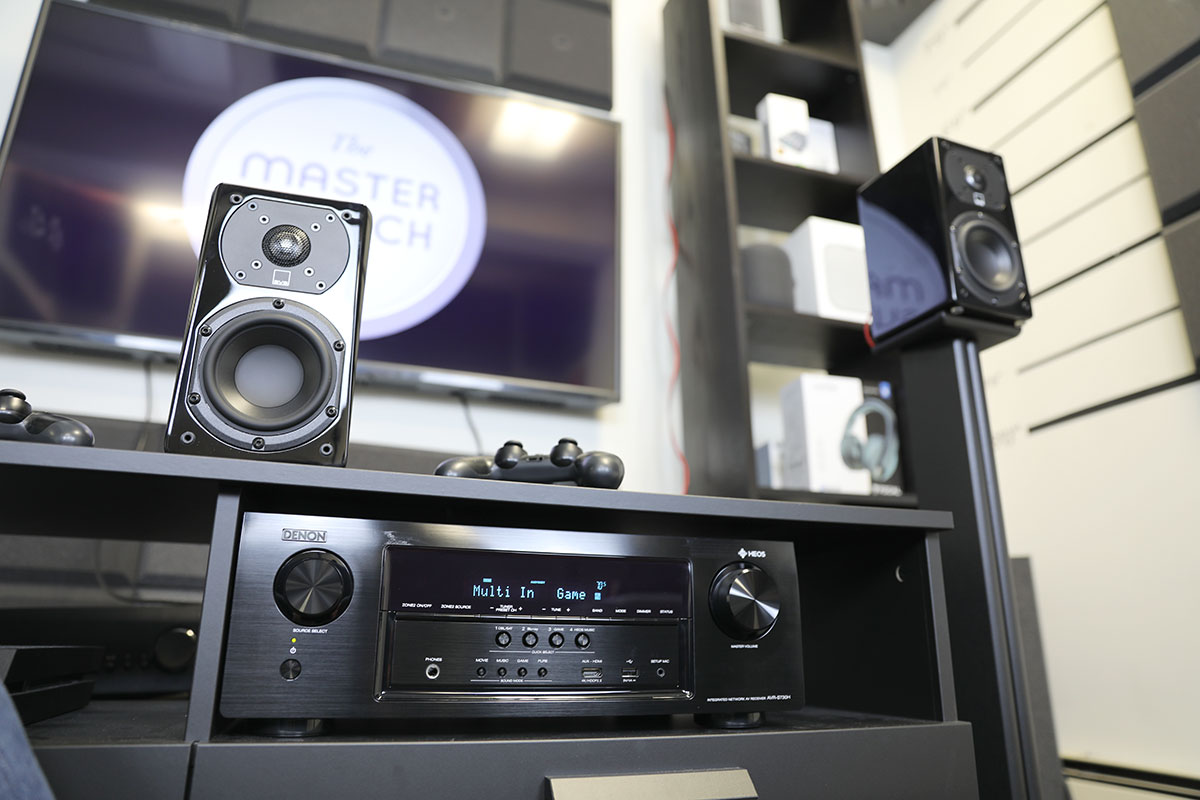

Home Entertainment Systems
How To Choose A Home Theater System
Published: February 26, 2024
Discover how to select the perfect home entertainment system for your space and budget. Explore top tips and expert advice for an immersive viewing experience.
(Many of the links in this article redirect to a specific reviewed product. Your purchase of these products through affiliate links helps to generate commission for Storables.com, at no extra cost. Learn more)
Introduction
Choosing a home theater system can be an exciting yet daunting task. With the myriad of options available in the market, it's essential to consider various factors to ensure that you select the perfect system for your entertainment needs. Whether you're a movie enthusiast, a gaming aficionado, or a music lover, a well-designed home theater system can elevate your audio-visual experience to new heights. In this comprehensive guide, we will explore the key considerations to keep in mind when selecting a home theater system that suits your preferences and space.
A home theater system is more than just a collection of audio and visual components; it's an immersive entertainment solution that brings the cinematic experience into the comfort of your own home. From the vibrant display of high-definition visuals to the enveloping sound that fills the room, a well-chosen home theater system can transform your living space into a captivating entertainment hub. Whether you're hosting a movie night with friends, enjoying a gaming marathon, or simply unwinding with your favorite music, a home theater system can create an immersive and engaging atmosphere that enhances your overall entertainment experience.
In the following sections, we will delve into the essential factors to consider when choosing a home theater system. From the size of the room to your budget, from the type of system to the sound quality, we will provide valuable insights to help you make an informed decision. Additionally, we will explore the importance of researching different brands and models, checking for compatibility with other devices, and considering additional features that can further enhance your home entertainment setup.
By the end of this guide, you will be equipped with the knowledge and understanding to navigate the diverse array of home theater systems available in the market. Whether you're a tech-savvy enthusiast or a casual consumer, this guide will empower you to make a confident and well-informed choice when selecting a home theater system that aligns with your preferences and complements your living space. Let's embark on this journey to discover the key elements that will guide you towards creating the ultimate home entertainment experience.
Key Takeaways:
- Create an immersive home theater experience by considering room size, budget, sound quality, and compatibility with other devices. Tailor your system to your preferences for the ultimate entertainment hub.
- When choosing a home theater system, research different brands and models, decide on the type of system, and consider additional features like wireless connectivity and voice control for a personalized and captivating entertainment setup.
Consider the Room Size
The dimensions of the room where you plan to set up your home theater system play a crucial role in determining the type and configuration of the components you should consider. Whether it's a cozy living room, a spacious entertainment area, or a dedicated home theater space, understanding the room size is essential for creating an immersive audio-visual experience.
In a smaller room, compact and versatile systems may be more suitable, as they can deliver impactful sound and visuals without overwhelming the space. Compact soundbars or bookshelf speakers paired with a modestly sized TV can be ideal for smaller rooms, providing a balanced audio-visual setup that complements the intimate atmosphere. Additionally, a space-saving subwoofer can enhance the low-frequency effects without dominating the room.
Conversely, in a larger room, a more robust and expansive system may be necessary to fill the space with captivating audio and visuals. Full-range floor-standing speakers, complemented by a large-screen display or projector, can deliver a cinematic experience that envelops the entire room. A powerful AV receiver capable of driving multiple speakers and subwoofers can ensure that the audio fills the expansive space without losing its impact.
Moreover, the layout of the room, including the placement of furniture and the presence of acoustically reflective surfaces, can influence the overall sound quality and viewing experience. Understanding the room's acoustics and optimizing the speaker placement based on the room's size and layout can significantly enhance the audio performance, creating a more immersive and balanced soundstage.
By considering the room size and its layout, you can tailor your home theater system to suit the specific characteristics of the space, ensuring that every seat offers an optimal viewing and listening experience. Whether it's a compact setup for a cozy room or a more expansive configuration for a larger space, understanding the room size is fundamental in creating a home theater system that harmonizes with the environment, delivering a captivating entertainment experience for you and your guests.
Determine Your Budget
When embarking on the journey to select a home theater system, one of the most critical considerations is determining your budget. Your budget serves as the guiding parameter that influences the range of options available to you, ensuring that you make a well-informed decision without overextending your financial resources.
Setting a clear budget for your home theater system involves assessing your financial capacity and aligning it with your entertainment priorities. Whether you're seeking a modest yet effective setup or aiming for a high-end, feature-rich system, establishing a budget provides a framework for evaluating the available options and making a choice that resonates with your preferences.
It's essential to strike a balance between your budget and the quality of the components you intend to acquire. While it's tempting to focus solely on the upfront cost, it's equally important to consider the long-term value and performance of the system. Investing in a high-quality home theater system can yield enduring benefits, providing a captivating entertainment experience for years to come.
Moreover, determining your budget allows you to prioritize the essential components of your home theater system. Whether it's allocating a significant portion of your budget to high-fidelity speakers, a state-of-the-art display, or a versatile AV receiver, understanding your financial boundaries enables you to make informed decisions that align with your entertainment goals.
Additionally, establishing a budget empowers you to explore a diverse range of options within your financial scope. From entry-level setups that deliver impressive performance at an accessible price point to premium configurations that offer cutting-edge technology and advanced features, having a clear budget allows you to navigate the market with confidence, ensuring that you find a home theater system that meets your expectations without exceeding your financial constraints.
By determining your budget early in the selection process, you can approach the task of choosing a home theater system with clarity and purpose. Whether you're a discerning audiophile or a value-conscious consumer, understanding your budget enables you to make a well-informed decision, ensuring that you acquire a home theater system that delivers exceptional entertainment value while remaining within your financial comfort zone.
Research Different Brands and Models
Researching different brands and models is a pivotal step in the process of selecting a home theater system. With a multitude of manufacturers and a vast array of models available in the market, conducting thorough research empowers you to make an informed decision that aligns with your preferences and requirements.
When delving into the realm of home theater systems, it's essential to explore the offerings of reputable brands known for their commitment to quality, innovation, and customer satisfaction. Established brands often have a track record of delivering reliable and high-performance audio-visual products, backed by robust warranties and comprehensive customer support. By researching the reputation and customer feedback of various brands, you can gain valuable insights into their product offerings, build quality, and overall reliability.
Furthermore, delving into the specifics of different models allows you to assess their features, specifications, and performance capabilities. Whether you're seeking a compact and versatile soundbar system, a full-fledged surround sound setup, or a cutting-edge audio-video receiver, researching the diverse models available enables you to compare their attributes and determine which one best suits your entertainment needs.
In addition to evaluating the technical specifications, it's beneficial to explore professional reviews, user testimonials, and industry insights to gain a comprehensive understanding of the performance and user experience offered by different brands and models. This multifaceted approach provides a well-rounded perspective, allowing you to discern the strengths, weaknesses, and unique attributes of each home theater system.
Moreover, researching different brands and models enables you to identify the latest technological advancements and innovative features that can enhance your entertainment experience. Whether it's advanced audio processing technologies, seamless connectivity options, or intuitive user interfaces, staying abreast of the latest offerings from leading brands empowers you to make a forward-thinking choice that aligns with your desire for cutting-edge entertainment solutions.
By immersing yourself in the process of researching different brands and models, you can gain the knowledge and insights necessary to make a confident and well-informed decision when selecting a home theater system. Whether you prioritize audio fidelity, visual performance, or seamless integration with your existing devices, thorough research equips you to identify the ideal brand and model that resonates with your entertainment aspirations, ensuring that you create a captivating and immersive home entertainment environment.
Decide on the Type of System
When deciding on the type of home theater system, it's essential to consider your specific entertainment preferences, spatial constraints, and the level of immersion you seek to achieve. The type of system encompasses various configurations, each tailored to deliver distinct audio-visual experiences, catering to different usage scenarios and personal preferences.
Read more: What Is A Home Theater System
Soundbar Systems
Soundbar systems offer a streamlined and space-efficient solution for enhancing your TV's audio performance. These sleek and compact units are designed to deliver improved sound quality compared to built-in TV speakers, providing a noticeable upgrade in audio fidelity without the need for extensive speaker placement. Soundbars are ideal for smaller rooms or setups where space is limited, offering a hassle-free way to elevate your TV viewing experience with enhanced clarity and immersive sound.
Surround Sound Systems
Surround sound systems, characterized by multi-channel speaker setups, are designed to create a captivating and enveloping audio experience. By strategically placing speakers around the viewing area, surround sound systems deliver a sense of spatial realism, immersing viewers in a 360-degree audio environment. Whether it's the classic 5.1 configuration or more advanced setups such as 7.1 or Dolby Atmos, surround sound systems offer a heightened level of audio immersion, making them ideal for dedicated home theater spaces or entertainment enthusiasts seeking a truly cinematic audio experience.
All-in-One Home Theater Systems
All-in-one home theater systems, often referred to as home theater in a box (HTIB), provide a comprehensive audio-visual solution in a single package. These systems typically include a combination of speakers, a subwoofer, and an AV receiver, offering a convenient and cohesive setup for achieving impactful sound and visual performance. All-in-one systems are well-suited for users seeking a straightforward and integrated solution that simplifies the process of setting up a home theater, making them an accessible option for those new to the world of immersive audio-visual entertainment.
Custom Component Systems
For enthusiasts and discerning users with specific preferences and a penchant for customization, custom component systems offer a tailored approach to building a home theater setup. By selecting individual components such as separate speakers, amplifiers, AV receivers, and display devices, users can create a personalized configuration that aligns precisely with their audio-visual requirements and aesthetic preferences. Custom component systems provide the flexibility to fine-tune every aspect of the home theater setup, catering to audiophiles, home cinema aficionados, and individuals seeking a bespoke entertainment solution.
In deciding on the type of system, it's crucial to evaluate your space, entertainment priorities, and desired level of immersion to determine the most suitable configuration. Whether you opt for a streamlined soundbar, a multi-channel surround sound setup, an all-in-one package, or a custom-built system, selecting the right type of home theater system sets the stage for a captivating and personalized entertainment experience.
Evaluate Sound Quality
Evaluating the sound quality of a home theater system is paramount in ensuring an immersive and captivating audio experience. The sonic performance of the system plays a pivotal role in delivering the nuances of dialogue, the impact of cinematic sound effects, and the richness of musical compositions, making it essential to assess the sound quality with meticulous attention to detail.
When evaluating sound quality, it's crucial to consider the fidelity, clarity, and spatial distribution of the audio. High-fidelity sound reproduction entails the faithful and accurate rendition of audio content, capturing the subtle details and dynamic range of the source material. Whether it's the delicate nuances of a symphonic orchestration, the thunderous rumble of an action-packed movie scene, or the articulate delivery of dialogue, a high-quality home theater system should reproduce the audio with precision and authenticity, preserving the intended sonic characteristics.
Clarity is another fundamental aspect of sound quality, encompassing the intelligibility of dialogue, the definition of individual sound elements, and the absence of distortion or muddiness. Clear and articulate audio reproduction ensures that every spoken word, musical note, and sound effect is rendered with precision and coherence, allowing listeners to fully engage with the content without encountering sonic obfuscation or ambiguity.
Spatial distribution refers to the ability of the home theater system to create a cohesive and enveloping soundstage, immersing listeners in a three-dimensional audio environment. Whether it's the seamless panning of sound effects across multiple channels in a surround sound setup or the expansive dispersion of music throughout the listening area, an effective home theater system should deliver a spatially coherent and engaging sonic experience, enhancing the immersion and realism of the audio content.
Furthermore, the tonal balance and frequency response of the system are critical factors in evaluating sound quality. A well-balanced tonal profile ensures that the entire frequency spectrum, from deep bass to sparkling treble, is reproduced with equilibrium and finesse, avoiding excessive emphasis or attenuation of specific frequency ranges. A linear and extended frequency response contributes to a natural and engaging sonic presentation, allowing the system to faithfully reproduce the full spectrum of audio content with accuracy and impact.
By meticulously evaluating the sound quality of a home theater system, you can ascertain its ability to deliver a captivating and immersive audio experience. Whether it's the faithful reproduction of dialogue, the dynamic impact of cinematic soundscapes, or the musical finesse of a symphonic performance, a high-quality sound system enriches the entertainment experience, elevating the emotional impact and engagement of the audio content.
Check for Compatibility with Other Devices
Ensuring compatibility with other devices is a crucial consideration when selecting a home theater system. In today's interconnected digital landscape, the ability of the home theater components to seamlessly integrate with existing devices and multimedia sources is essential for a cohesive and versatile entertainment experience.
One of the primary aspects of compatibility is connectivity. Assessing the connectivity options of the home theater system, including HDMI, optical, and wireless connectivity, allows you to determine its ability to interface with various audio-visual sources such as TVs, gaming consoles, media players, and streaming devices. A versatile range of connectivity options ensures that the home theater system can accommodate multiple devices, facilitating a flexible and interconnected entertainment ecosystem.
Moreover, compatibility with audio and video formats is pivotal for ensuring a comprehensive multimedia experience. Whether it's the support for high-definition audio codecs, 4K HDR video signals, or immersive audio technologies such as Dolby Atmos and DTS:X, verifying the system's compatibility with modern audio-visual formats enables you to enjoy a diverse range of content with uncompromised fidelity and visual clarity.
In addition to hardware compatibility, seamless integration with smart home ecosystems and voice assistants can enhance the convenience and accessibility of the home theater system. Compatibility with popular smart home platforms such as Amazon Alexa, Google Assistant, and Apple HomeKit enables intuitive control and automation, allowing you to effortlessly manage the home theater system alongside other connected devices within your living space.
Furthermore, assessing the compatibility of the home theater system with streaming services and online content platforms is essential for accessing a wealth of digital entertainment. Whether it's built-in support for popular streaming apps, seamless casting and mirroring capabilities, or compatibility with content delivery platforms, ensuring that the system aligns with your preferred digital content sources enhances the accessibility and diversity of your entertainment options.
By meticulously checking for compatibility with other devices, you can ensure that the home theater system seamlessly integrates with your existing technology ecosystem, offering a cohesive and interconnected entertainment solution. Whether it's the versatility of connectivity options, support for modern audio-visual formats, integration with smart home ecosystems, or compatibility with digital content platforms, a compatible home theater system empowers you to create a unified and immersive entertainment environment that harmonizes with your digital lifestyle.
Consider Additional Features
In addition to the fundamental components and specifications of a home theater system, considering additional features can significantly enhance the overall entertainment experience. These supplementary attributes and functionalities contribute to the versatility, convenience, and immersive quality of the system, catering to a diverse range of entertainment preferences and usage scenarios.
Wireless Connectivity and Multi-Room Audio
The integration of wireless connectivity features, such as Bluetooth, Wi-Fi, or proprietary wireless protocols, enables seamless streaming of audio content from mobile devices, computers, and online sources. This wireless capability not only facilitates convenient playback of music and podcasts but also supports multi-room audio setups, allowing the home theater system to extend its audio performance to different areas of the living space. With multi-room audio functionality, users can create a cohesive and synchronized audio environment, immersing themselves in a seamless audio experience that transcends the boundaries of individual rooms.
Read more: How To Choose The Right Conduit Size
Voice Control and Smart Home Integration
The inclusion of voice control capabilities, often facilitated through integration with popular voice assistants such as Amazon Alexa, Google Assistant, or Apple Siri, empowers users to interact with the home theater system using natural language commands. This intuitive and hands-free control mechanism enhances the accessibility and user experience, allowing users to adjust settings, initiate playback, and manage connected devices with effortless voice commands. Furthermore, smart home integration enables the home theater system to interact with other smart devices and automation routines, creating a unified and interconnected ecosystem that enhances the overall convenience and functionality of the living space.
Advanced Audio Processing and Calibration
Home theater systems equipped with advanced audio processing technologies, such as room calibration algorithms, sound optimization features, and immersive audio processing formats, offer a heightened level of audio refinement and spatial realism. These technologies analyze the acoustic characteristics of the room and the performance of the speakers, tailoring the audio output to achieve optimal sonic performance in the given environment. Additionally, support for immersive audio formats such as Dolby Atmos, DTS:X, or Auro-3D enables a three-dimensional audio experience, delivering captivating soundscapes that envelop the listener in a realistic and immersive sonic environment.
Streaming and Content Integration
The integration of streaming services, content platforms, and digital media libraries directly into the home theater system provides convenient access to a vast array of entertainment content. Whether it's built-in support for popular streaming apps, seamless integration with online content platforms, or the ability to access local media libraries, these features expand the entertainment options available to users, ensuring that they can enjoy a diverse range of movies, music, and multimedia content without the need for additional external devices.
By considering these additional features when selecting a home theater system, users can elevate their entertainment experience, embracing a versatile, immersive, and interconnected audio-visual environment that aligns with their preferences and lifestyle. Whether it's the convenience of wireless connectivity, the integration with smart home ecosystems, the refinement of audio processing, or the accessibility of digital content, these supplementary features enrich the home theater experience, creating a captivating and personalized entertainment solution.
Conclusion
In conclusion, the process of choosing a home theater system involves a thoughtful consideration of various factors, each contributing to the creation of a captivating and immersive entertainment environment. By carefully evaluating the room size, determining a suitable budget, researching different brands and models, deciding on the type of system, evaluating sound quality, checking for compatibility with other devices, and considering additional features, individuals can make informed decisions that align with their entertainment preferences and living space.
The room size serves as a foundational element in tailoring the home theater system to the spatial characteristics, ensuring that the audio-visual setup harmonizes with the environment and delivers an optimal viewing and listening experience. Determining a budget empowers individuals to explore a diverse range of options while maintaining financial prudence, striking a balance between quality and affordability. Thorough research into different brands and models provides valuable insights into the performance, reliability, and innovation offered by leading manufacturers, enabling users to identify the ideal system that resonates with their preferences.
Deciding on the type of system, whether it's a streamlined soundbar, a multi-channel surround sound setup, an all-in-one package, or a custom-built configuration, allows individuals to tailor the system to their specific entertainment priorities and spatial constraints. Evaluating sound quality ensures that the system delivers a faithful, clear, and immersive audio experience, enriching the emotional impact and engagement of the content.
Checking for compatibility with other devices and considering additional features such as wireless connectivity, voice control, advanced audio processing, and streaming integration further enhances the versatility, convenience, and immersive quality of the home theater system, creating a unified and interconnected entertainment ecosystem that aligns with modern digital lifestyles.
In essence, the process of choosing a home theater system is a holistic endeavor that encompasses technical specifications, spatial considerations, personal preferences, and lifestyle integration. By embracing the insights and considerations outlined in this guide, individuals can embark on the journey of creating a captivating and personalized home entertainment experience, immersing themselves in the rich audio-visual tapestry that a well-designed home theater system can offer.
Frequently Asked Questions about How To Choose A Home Theater System
Was this page helpful?
At Storables.com, we guarantee accurate and reliable information. Our content, validated by Expert Board Contributors, is crafted following stringent Editorial Policies. We're committed to providing you with well-researched, expert-backed insights for all your informational needs.
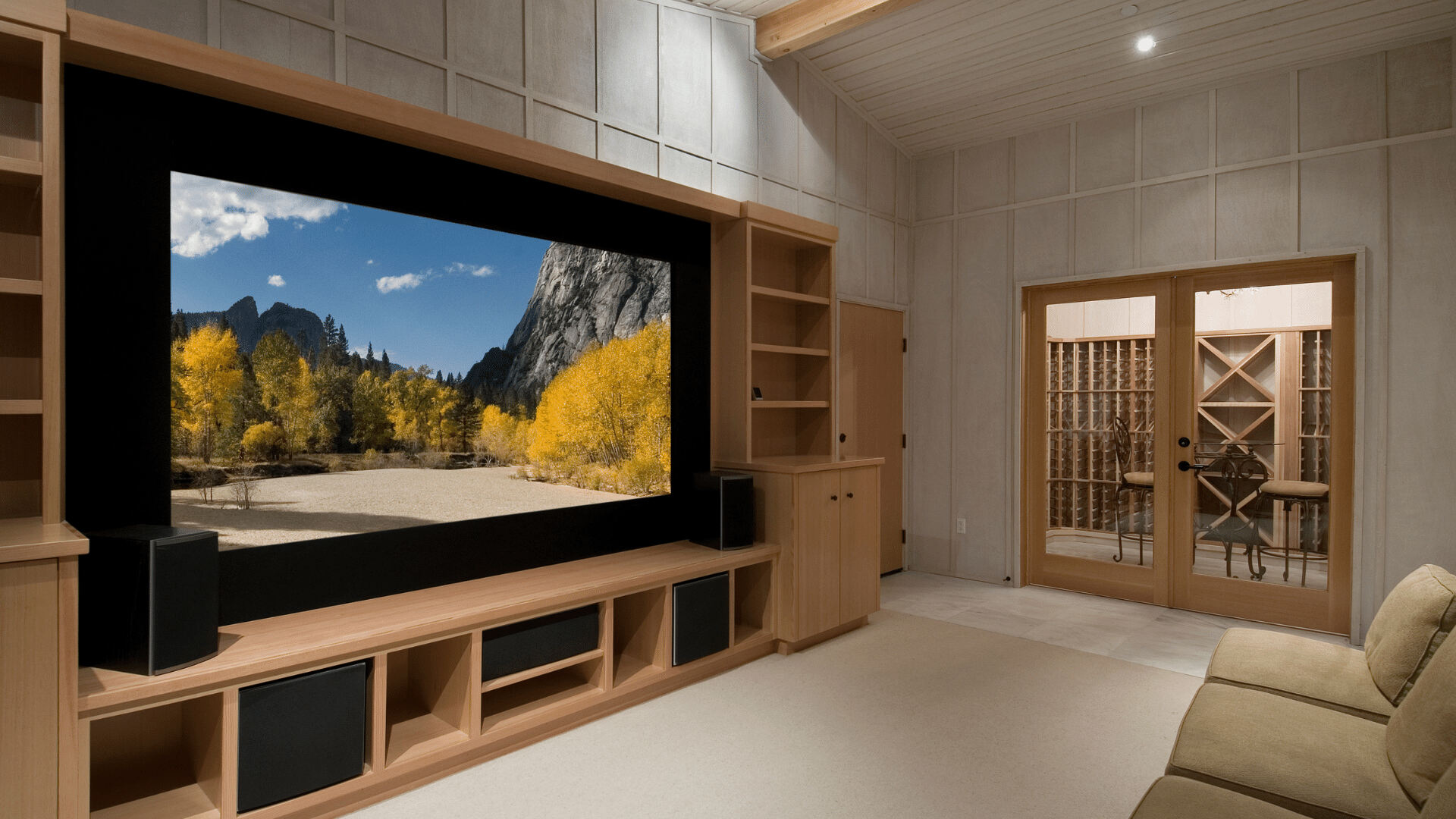
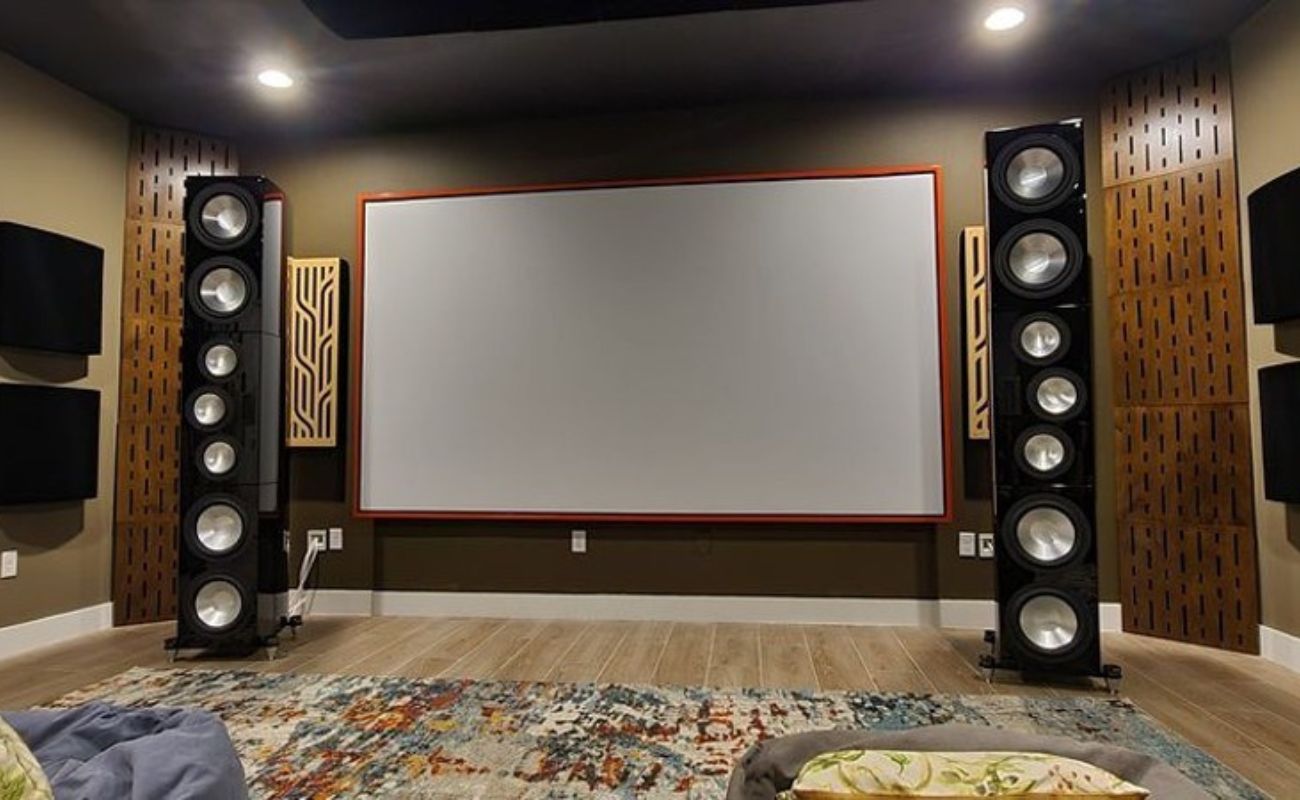
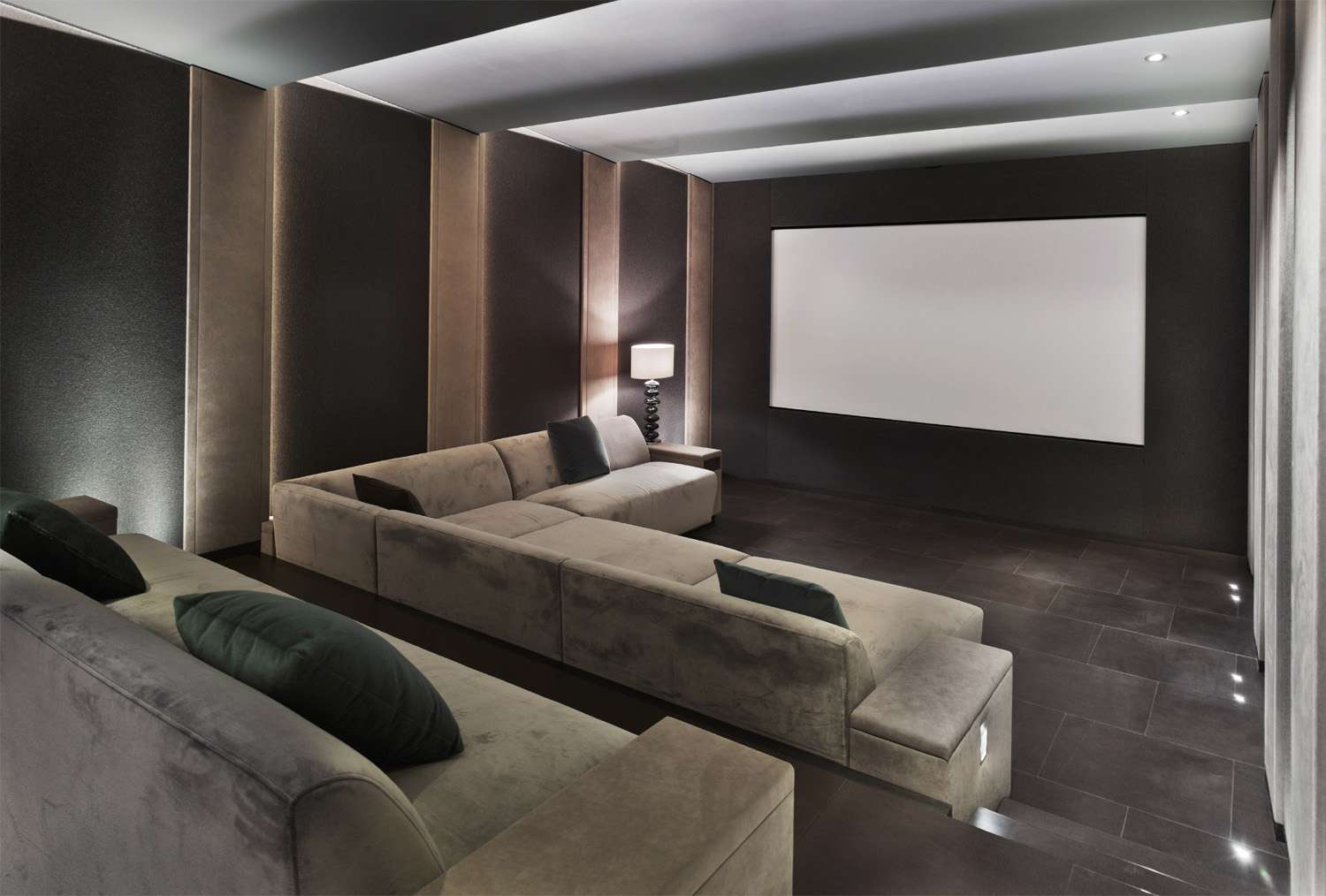
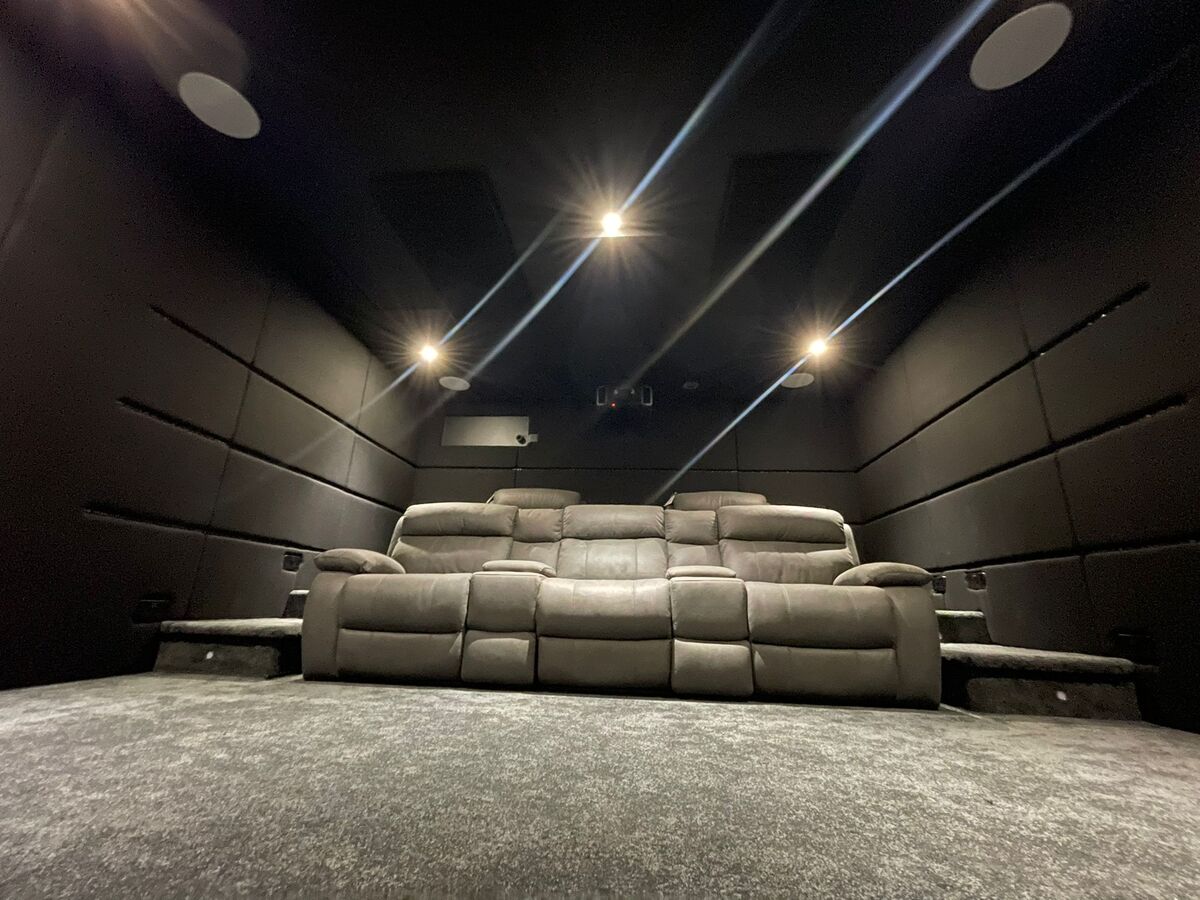
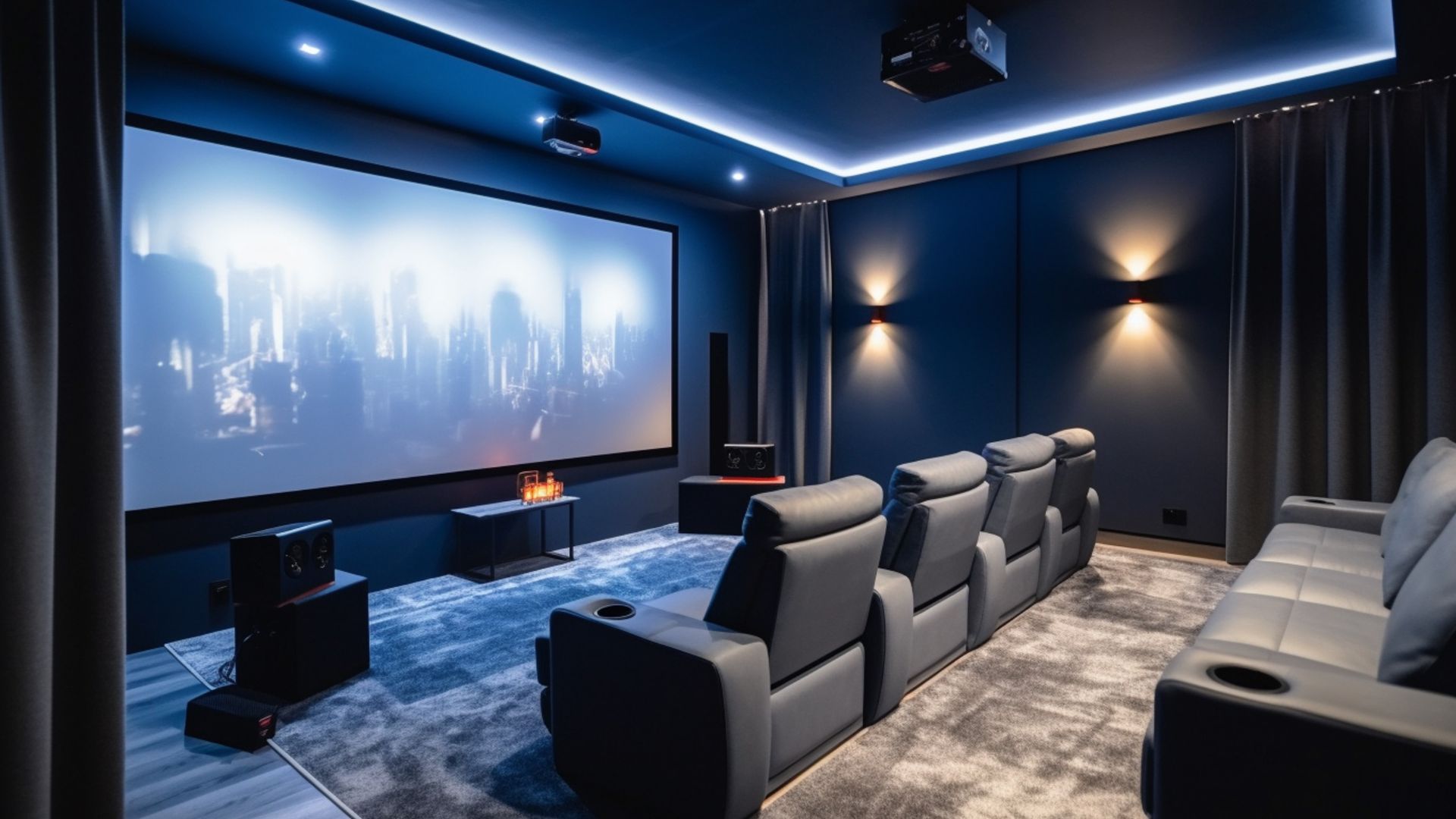
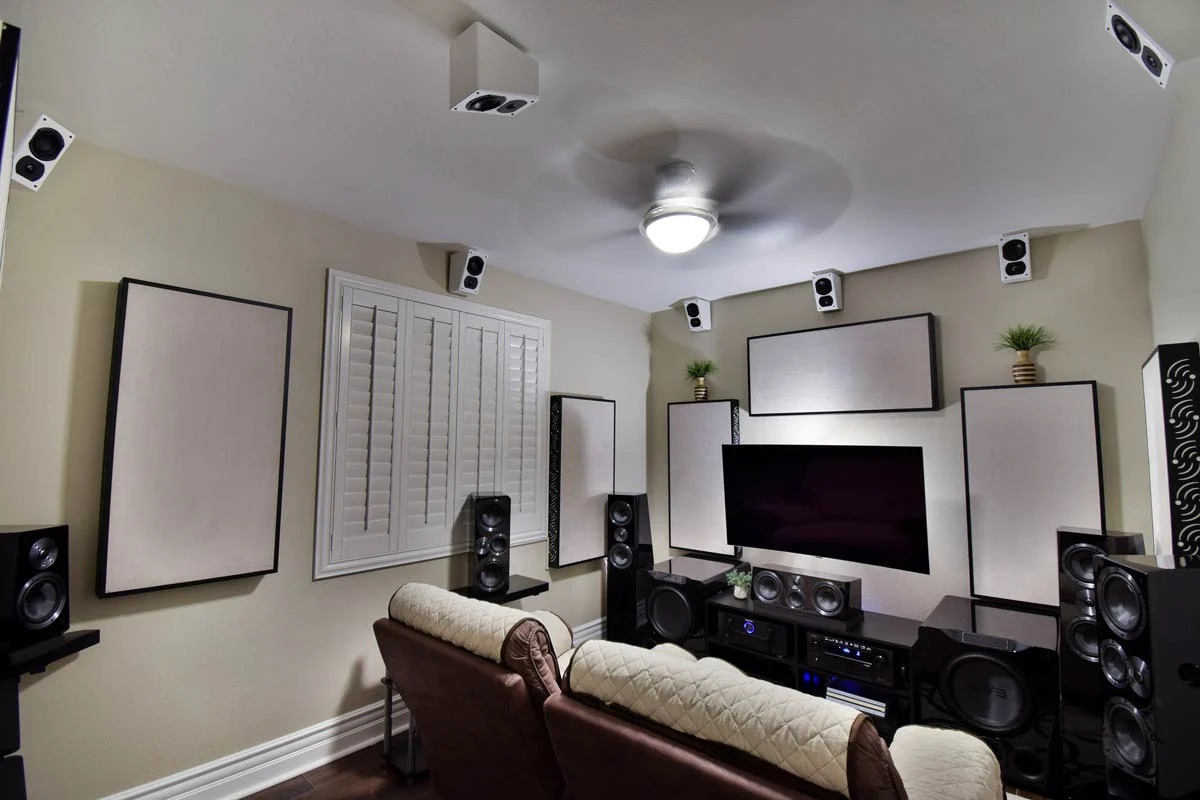
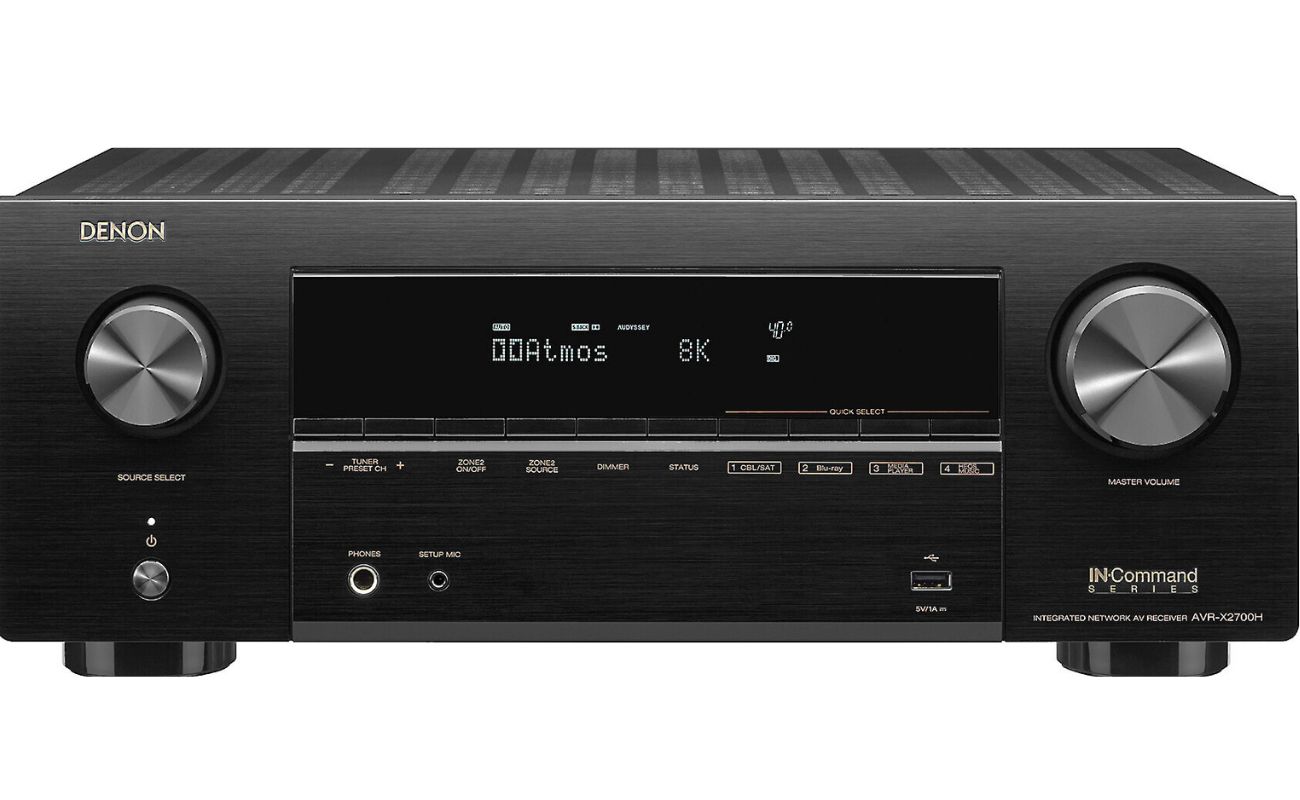
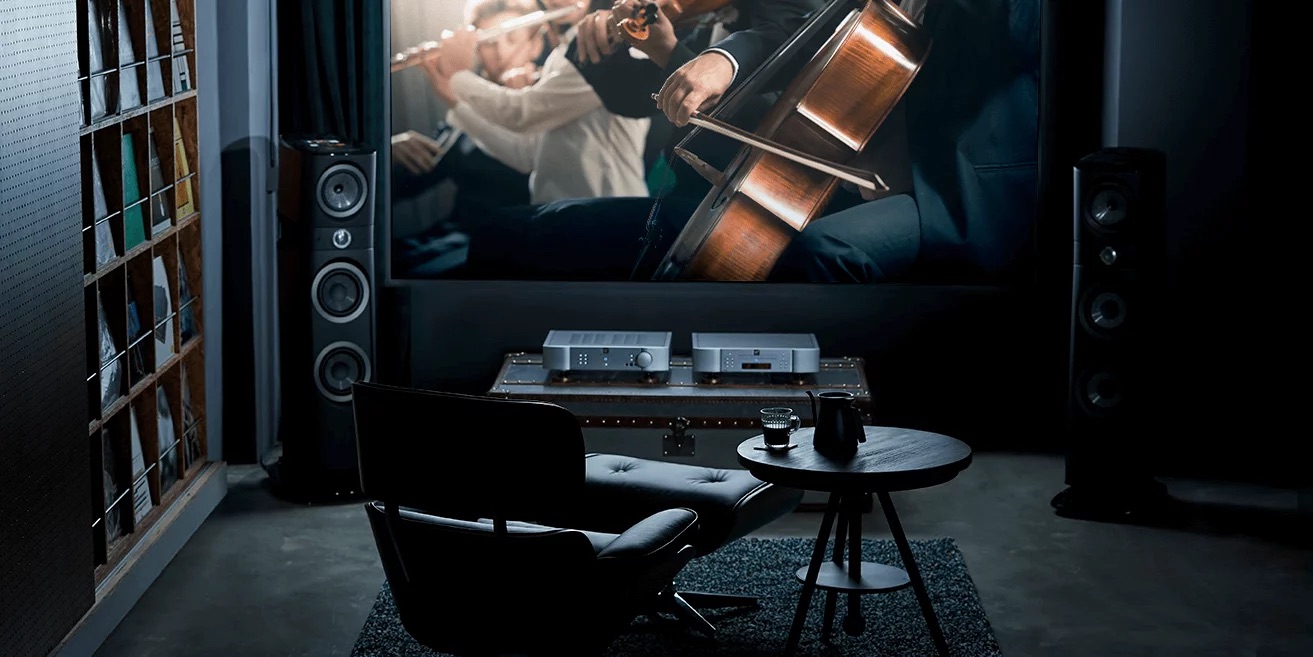

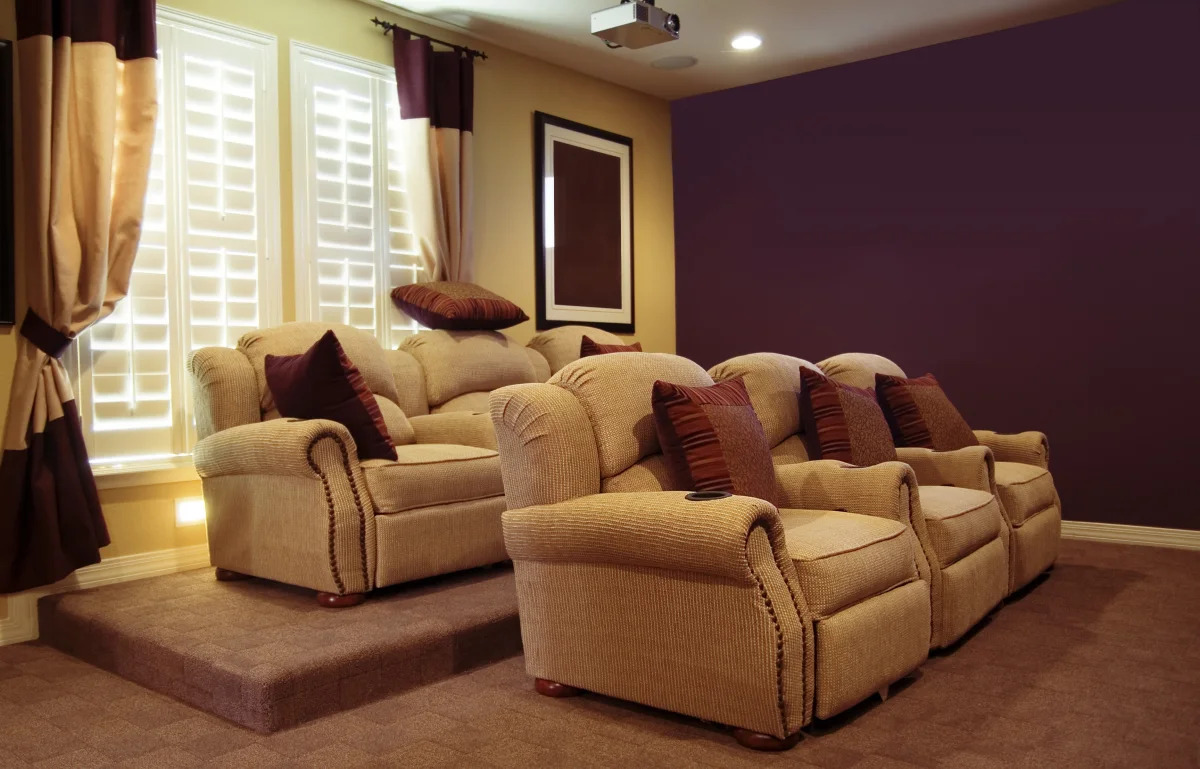

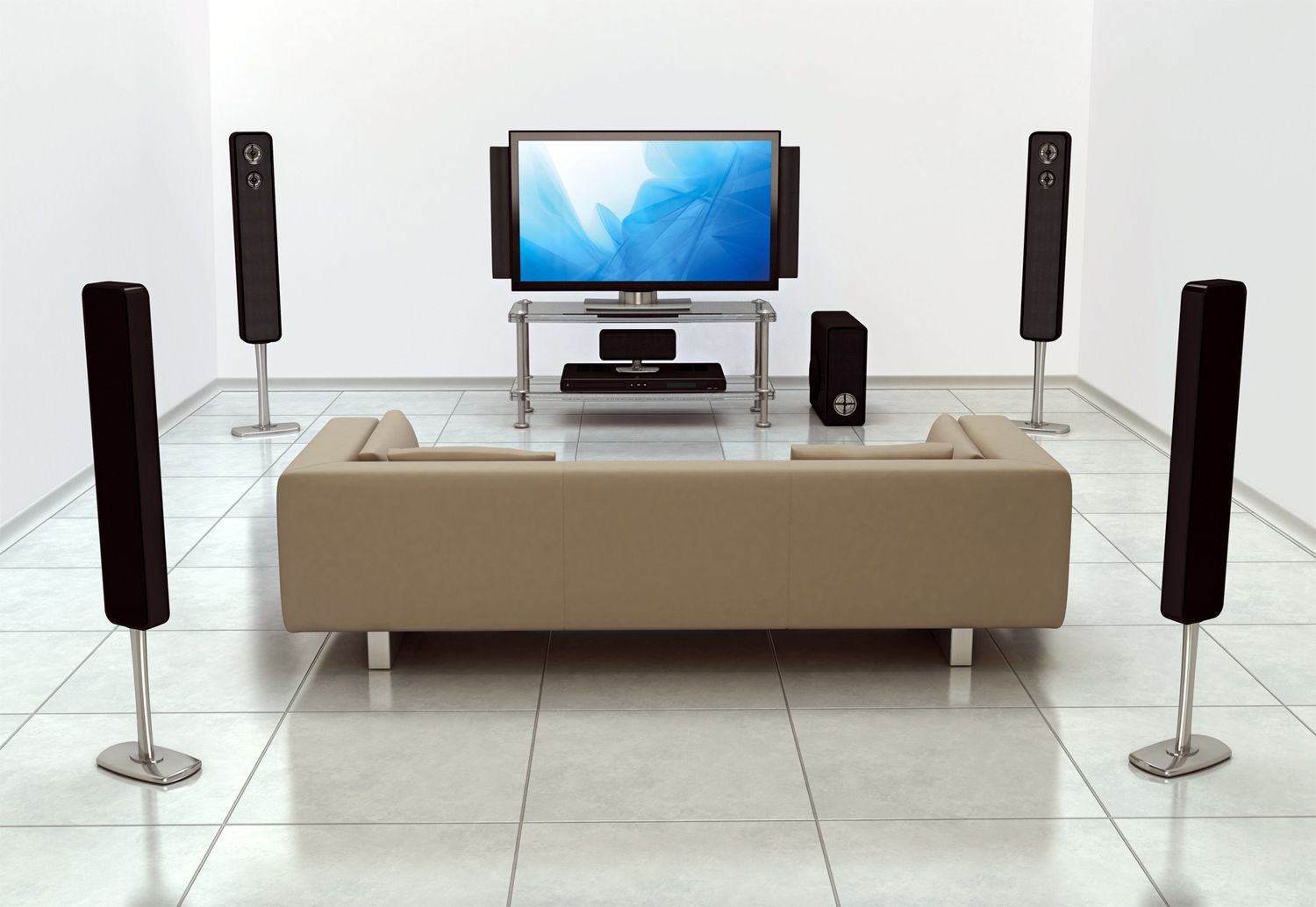

0 thoughts on “How To Choose A Home Theater System”